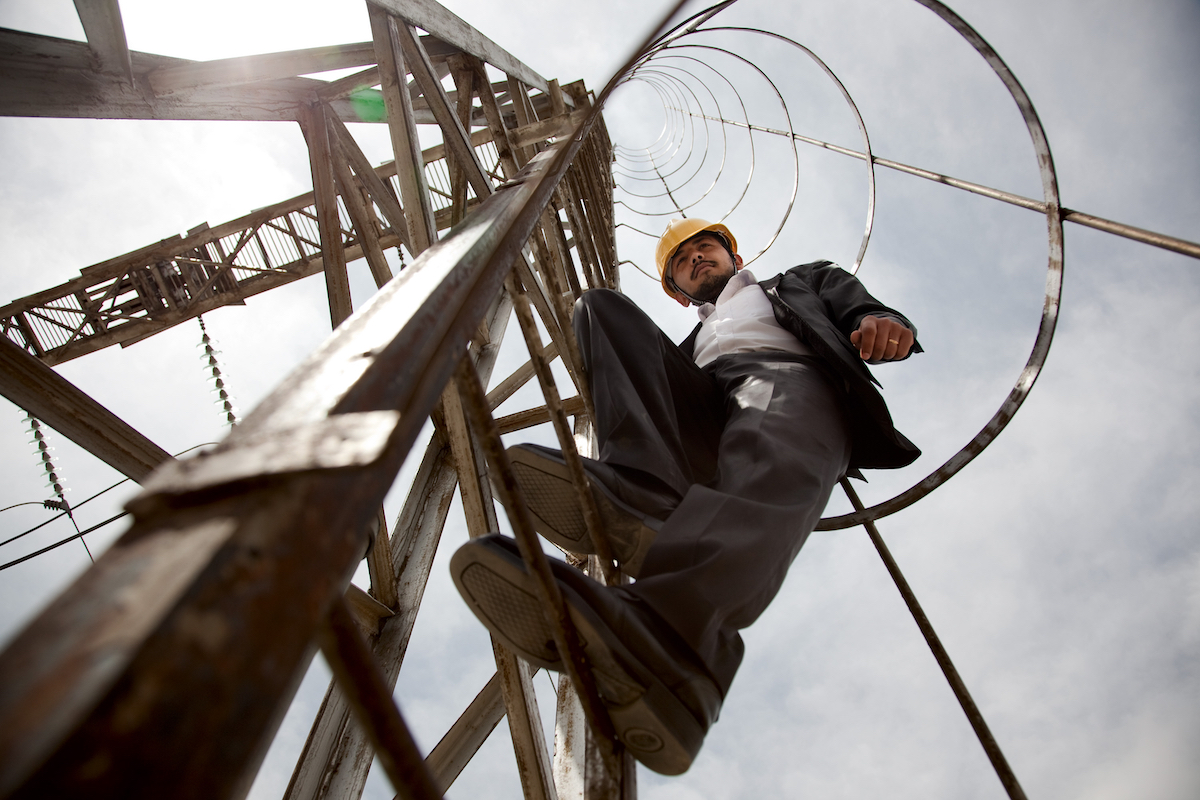Pressure is ramping up on the multilateral development banks (MDBs) to act on debt relief, with the recent Spring Meetings of the World Bank and the IMF accelerating collective momentum around the issue. The G20 agreed to suspend debt service payments to government creditors for the poorest countries until the end of the year, and the IMF announced it would provide debt service relief to 25 countries for an initial six month period. In an effort to rally additional support for countries in need, the G20 finance communiqué called on MDBs “to further explore the options for the suspension of debt service payments over the suspension period, while maintaining their current rating and low cost of funding.”
As the largest provider of finance for the world’s poorest countries, the International Development Association (IDA) is in the hot seat. IDA has roughly $155 billion in outstanding loans (43 percent of which are to African countries). But the World Bank has so far resisted calls for a broad-based payments standstill for its IDA borrowers. We believe that this is the right posture for now. The distinct characteristics of IDA’s financial model make broad-based payments relief an unwise proposition. If IDA were to suspend debt payments, it could undermine its ability to mount and sustain a large COVID-19 financing. Calls for IDA payment relief also ignore the existing mechanism that IDA employs to ease debt burdens for high-risk countries. IDA’s objective should be to maximize net new financing.
Let’s unpack our arguments for why a debt standstill would be the wrong move for IDA at this point in time:
The IDA-19 replenishment—which goes into effect this July—will provide $82 billion in grant, concessional, and market finance over the next three years for IDA’s 76 borrowers. This commitment authority is financed through a combination of loan reflows, donor financing, and market issuances. As part of the COVID-19 response, IDA management intends to frontload IDA financing by as much as $50 billion over the next 15 months; suspending repayments could imperil IDA’s ability to meet this financing target—and even exceed it—by reducing IDA’s commitment capacity and the leveraging power of its loan assets.
IDA enjoys market access that could allow it to scale its program beyond the $82 billion IDA-19 target. Indeed, rather than going to donors for more money, it can simply issue more debt, which it can lend to IDA countries on market or concessional terms. In a previous blog we estimated that IDA could ramp upward of $50 billion through market issuances alone. But providing debt relief could undermine its ability to implement this kind of surge because it could imperil IDA’s AAA credit rating, which allows it to raise funds at low cost on capital markets.
Moreover, unlike most bilateral creditors and the IMF, IDA is able to provide grant financing in place of loans to countries at high risk of debt distress, and partial grant financing for moderate risk countries. These grants act as a payment relief mechanism and are offered as a dollar-for-dollar replacement of loans. In other words, IDA is already providing deeper fiscal relief than bilateral official creditors and the IMF are seeking to provide through their actions, though in a more targeted fashion. IDA-19 will provide a floor of $20 billion in grant financing to the world’s poorest countries over the next three years. As a result, IDA’s net flows to countries are positive (i.e., disbursement will exceed debt service payments), which will generate fiscal headroom. And IDA’s concessional credits also create fiscal space by providing a six-year grace period for all IDA borrowers.
Finally, temporary IDA debt relief would be interpreted as a breach of the preferred creditor status by the credit rating agencies, which could have implications for the broader MDB system. The MDBs and their shareholders went to great lengths to structure past rounds of debt reliefs in ways that would not be construed as a default. For instance, under the Multilateral Debt Relief Initiative, donors agreed to compensate IDA for all foregone reflows. This meant that IDA did not technically experience a default. For this same reason, the IMF isn’t providing direct payment relief to countries now but is instead relying on the donor-funded Catastrophic Containment and Relief Trust Fund to finance the debt service of 25 countries.
As the economic consequences of COVID-19 evolve, it will become more apparent which countries need more than just a temporary suspension of debt payments. And it will likely turn out that some countries need deep and permanent relief. We will also gain a clearer picture of the degree to which IDA’s grants mechanism is stressed as a growing number of countries enter the moderate and high debt risk categories. The international community will then need to develop a comprehensive framework for debt restructuring that equitably distributes the burden between all creditors, public and private. When we arrive at this point, IDA—and the broader MDB system—will need to respond. To do so, they will need the support of their donors.
CGD blog posts reflect the views of the authors, drawing on prior research and experience in their areas of expertise.
CGD is a nonpartisan, independent organization and does not take institutional positions.






